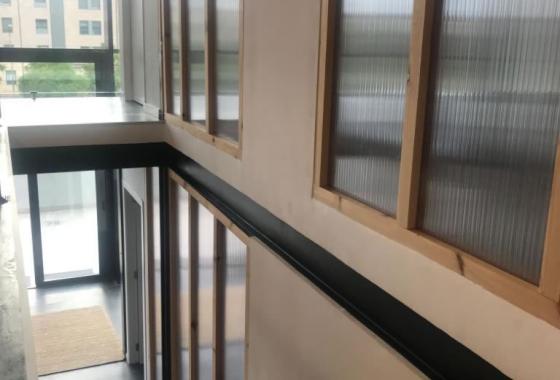Hamstring rupture is one of the most common causes in athletes, resulting in the interruption of the sport. Learn more about hamstring rupture in a brief and precise way in the following article and if you are presenting this type of muscle injury in the hamstrings at FisioClinics Palma de Mallorca you will get innovative treatments to put an end to that condition that generates so much pain in the area posterior to the thigh.
What is a Hamstring Tear?
Hamstring Fiber Rupture can occur due to micro tears or due to an injury at the level of the tendon insertion on the ischium bone. In the case of a Hamstring Tear, the affected muscle structures can be:
-
The semitendinosus.
-
The semimembranosus.
-
Biceps femoris.
In athletes such as jumpers or runners or performing activities that need to start and stop quickly, the hamstring muscles have a large component in these cases.
What are the symptoms of a hamstring tear?
Some symptoms that will be present in Hamstring Fiber Tear injuries are the following:
-
The appearance of pain is intensely and immediately to the gesture in which the injury occurred.
-
Presence of a highly localized, sharp puncture.
-
The stone sign occurs.
-
Muscle function will be impaired.
-
Appearance of a hematoma.
-
For the first few days, weak hamstring strength can last for weeks.
What Causes a Hamstring Injury?
When the hamstrings become significantly overloaded, it is when they become more prone to produce a fiber break or tendon injury, in cases such as a maximum extension of the knee joint, causing an exaggerated strain of the muscle fibers until causing their break. Other causal factors that increase the likelihood of hamstring injury include:
-
Food deficiency.
-
Muscle imbalance (the muscles on the front of the thigh are better developed than the back surface).
-
Poor muscle flexibility.
-
Previous muscle injury to the hamstrings.
-
Over training.
-
Stress and fatigue.
How is the medical diagnosis made in case of a hamstring fiber tear?
Diagnosis is essential and consists of the analysis of the clinical signs and ultrasound examinations of the lesion. Also the importance of an adequate assessment before performing the physiotherapeutic intervention.
When conducting the assessment, it should contain objective as well as subjective data and therefore an anamnesis that the participant details in a broad way the way in which he was injured, to have an idea of the degree of damage to the structures.
Based on the clinical evaluation that should be done in the first instance, the observation of the area and surrounding structures, palpation and the verification of joint mobility, muscle flexibility and its action. Imaging tests can be performed if necessary to establish the status of the muscle fibers and determine the progression of a Hamstring Fiber Tear, such as an ultrasound or MRI.
 Physiotheraphy
Physiotheraphy Osteopathy
Osteopathy Massage
Massage Lymphatic
Lymphatic Group classes
Group classes Home
Home Baby
Baby







































